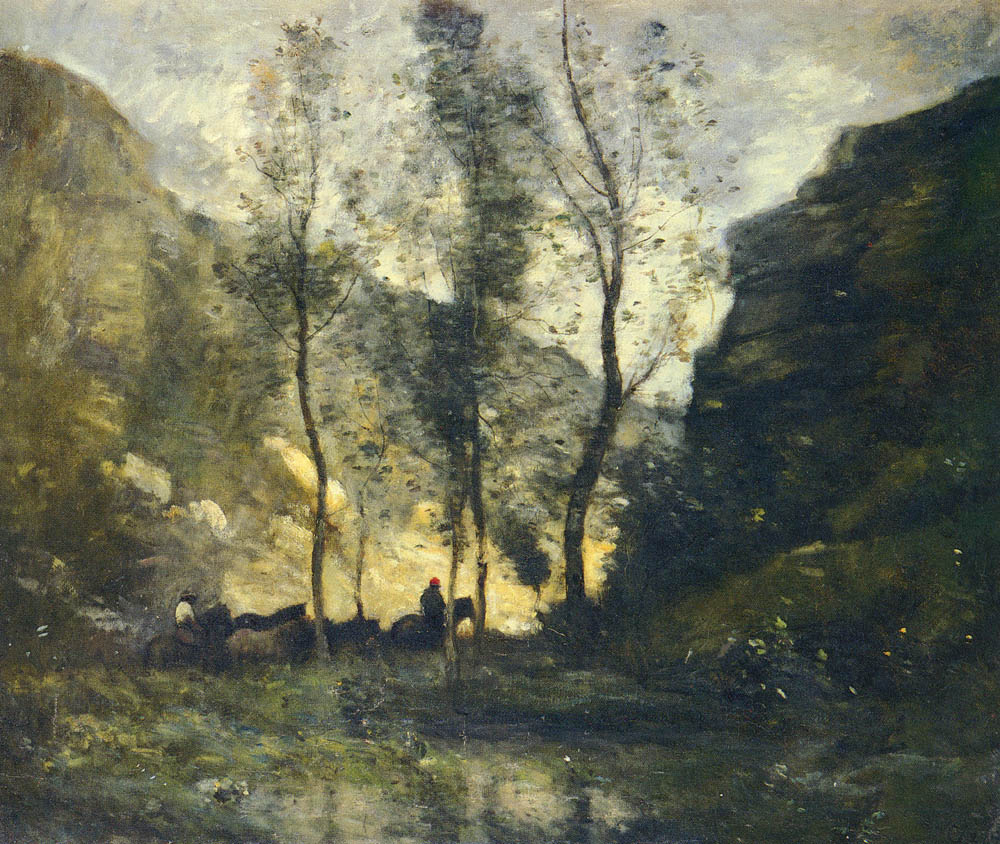Here , paraphrased, are some notes(from Gerda Leenards) on accessing the emotional response to landscape
“Landscape” implies an outside view- it is “picturesque” and removes you from what you are seeing. We want to transcend the mode of simply looking at a landscape. The emotive qualities are important and the subject is only part of it. We want to evoke not simply document.
Landscape here in New Zealand, dominates. We are nowhere removed form it- not separate from nature. Here we have a constant reminder of our relationship to nature.
Gerda acknowledges that light and colour are clearer and more intense here than in Europe(she is Dutch) but she decries the tendency amongst artists and the public to recognise only that
Lets remember, when we go on location to the Botanical gardens, that Gardens are about enjoying nature but also about man’s control over it .
One has as much of an emotional response to a composition of plants in a garden as you do to a painting
That the juxtaposition of different textures in plantings create contrast and mood
lets look for frantic rhythmns and essential lines,
find a “Great Little Piece of Turf” like Durer
We will do some exercises on the first day which show us how to go with a direct response to our subject matter..
so we can Figure out what sense of proportion or arrangement of things engage us emotionally , as Dick Frizzell said.
Then On location:
Find six different trees and feel in your own person how they are growing from the roots
Document a dozen different textures,
see how they Carve up a space with a winding path,
look for the negative spaces of reflected trees
Your job is to find some artists whose work evokes and not simply documents
Corot
Looking forward to it
see you there!
I have also attached a poem by Rilke for you to print out and stick on the fridge Reading a poem is taking a pause in your day, stopping time just like doing a drawing






